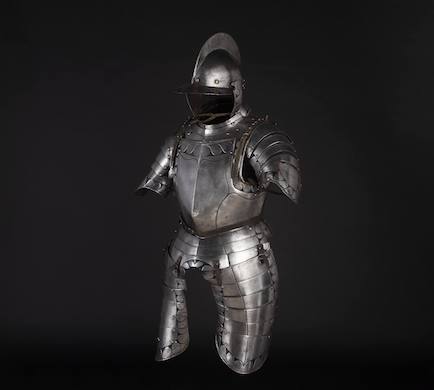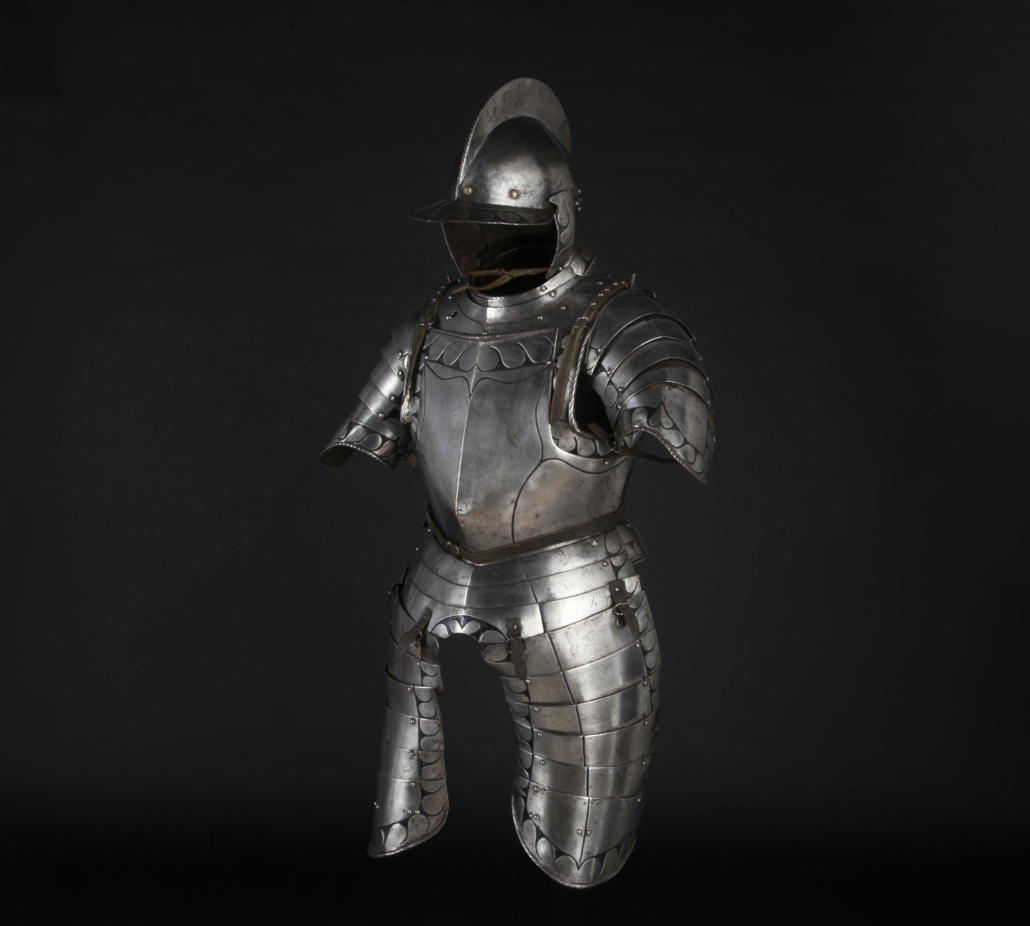
MUNICH – Excellent prices were achieved in all specialist areas represented by Hermann Historica GmbH during its May and June auctions. From an Egyptian wooden statuette to the most delicate lace-trimmed imperial garments to colossal 1930s vehicles, the lots on offer met with considerable interest. And so, from May 26-28; June 1 and 2; and from June 21 to 25, the auction house’s international clientele enjoyed exceptionally gratifying sales.
Art and handcrafts, antiquities, May 26
Even on the opening day, interested buyers had no qualms about offering six-figure sums for the objects they had set their hearts on. Among the antiquities, the unusually well preserved likeness of an Egyptian dignitary, carved in one piece of wood during the 16th century BCE and started at €110,000, attracted a great deal of attention. Painted in color, the representation of a slender, standing man ultimately found a new owner for €137,500.
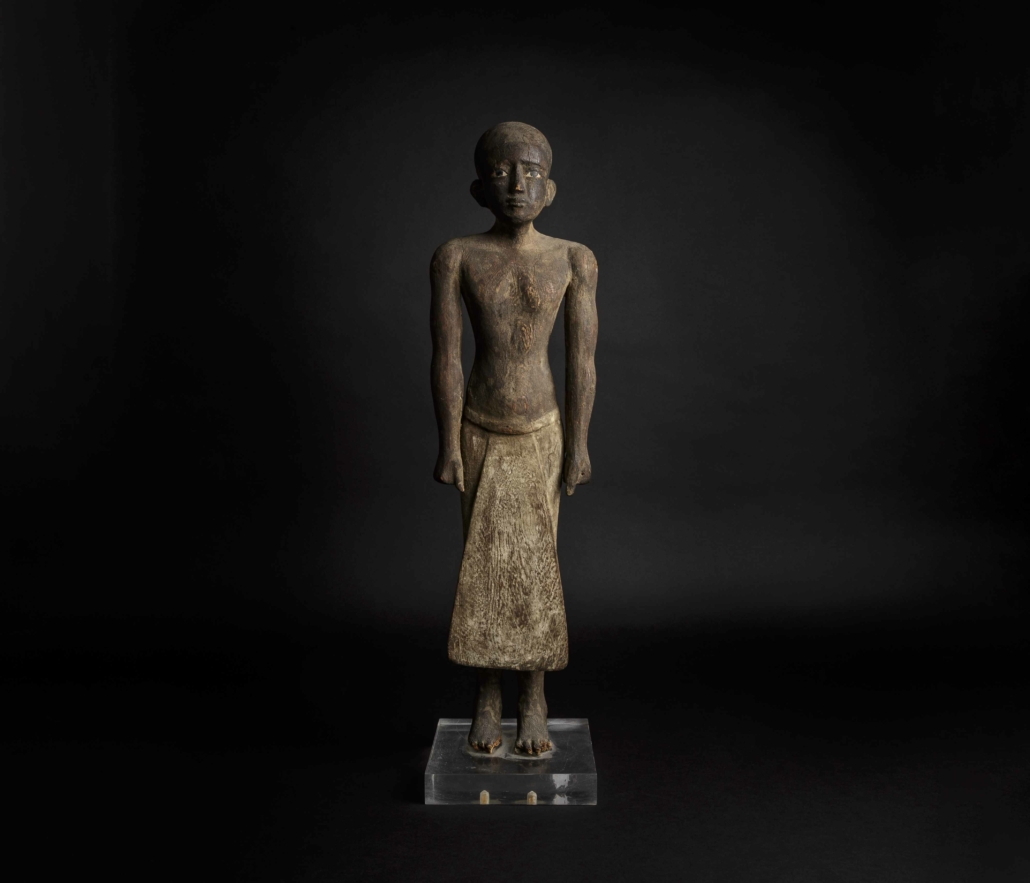
With a starting price of €9,000 and also made of wood, the fully sculpted carved Viking head of a wild boar from the 7th-9th century exuded a truly mythical appeal, selling for €32,500. The fine Chinese porcelain on offer recorded one of the highest jumps from the reserve to the hammer price. The announcement of a 14th century Longquan celadon dish from the Yuan dynasty, with its short, almost cylindrical body and broad, horizontal edge, unleashed a veritable bidding frenzy with offers flooding in on all available channels, sending the asking price of €800 soaring to €37,500 within minutes. Moreover, more recent yet still exquisite masterly crafted works of art also succeeded in delighting international collectors. A prime example of Viennese art nouveau, the fabulous bijou jewelry box, embellished with the floral and animal motifs typical of the period in colored enamel, was warmly received. Here once again, no sooner was the lot called at €17,000 than the hammer fell at a very respectable €38,750.
Arms and Armor, May 27
This spring saw the usual wide range of arms and armor, including a number of irresistible edged weapons, outstanding in both quality and quantity. Among them was a distinguished silver damascened sword, made in Germany circa 1610. The deluxe weapon of courtly provenance, featuring silver-inlaid tendril and floral decoration, now takes pride of place in a new collection for €43,750. Next up, a connoisseur had to part with a similar sum, namely €42,500, for a gold-inlaid Milanese parade shield made between 1560 and 1570. The entire surface was covered in hammered, chiseled decorations with fine gold inlays featuring an expressive scene of warriors fighting in antique-style dress.
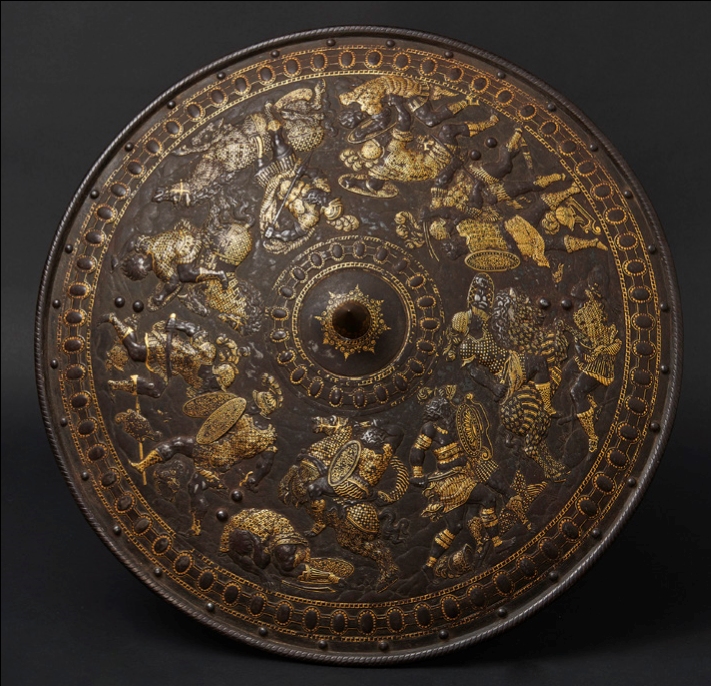
Invariably walking the tightrope between optimum mobility and optimum protection, the most outstanding craftsmen of their time created objects beyond compare, such as a black and white half armor for a man-at-arms from South Germany. Complete with the matching burgonet, the set had been estimated at €25,000, yet sold for €31,250. Dating from 1560, every last component in this exceptionally decorative and homogeneous armor was original. The association could be clearly seen in the identical chased decor of finely inset decorative lines and surrounding band of meander ornament in black and white, popularly known as running dog.
Five centuries of antique and modern firearms, May 28
A distinguished pair of Cieszyn bone-inlaid wheellock carbines of museum caliber was a shining example of supreme craftsmanship, which sold for €65,000. The shafts were lavishly inlaid in bone and mother-of-pearl, embellished not merely with ornamental flourishes and tendrils, but also with wild beasts, mythical creatures, and the Cieszyn coat of arms. No less opulent, the barrel boasted fine chiseled decoration. These unparalleled prestige objects, their overall appearance unmistakably designed to underline their owner’s status and wealth, proved so alluring that they only changed hands when bids reached €81,250. Of slightly later date, an equally formidable pair of flintlock pistols was made in Silesia circa 1680, sumptuously inlaid in bone and adorned with flowers, animals, grotesque masks, and musicians, lavishly finished with fire gilding to accommodate the fashion of the time. This magnificent pair eventually sold to an enthusiastic collector for €40,000.
Objects from military history, June 1
The sale of around 85 items from the wardrobe, accoutrements, and furnishings originally belonging to Empress Elisabeth of Austria generated extensive media coverage. Almost all objects found a buyer, with some eclipsing their reserve to achieve final prices in the tens of thousands. A ravishing summer dress in cream-colored silk chiffon with interwoven, figure-flattering stripes was created by Maison Ellinger-Haubner in Vienna, circa 1880. Trimmed with fine gauze and the finest Brussels lace, the dress was designed to set off the Empress’ incredibly slender, well-toned figure. Selling for €37,500, more than 10 times its estimate of €3,000, this exquisite dress was the premium lot in this group.
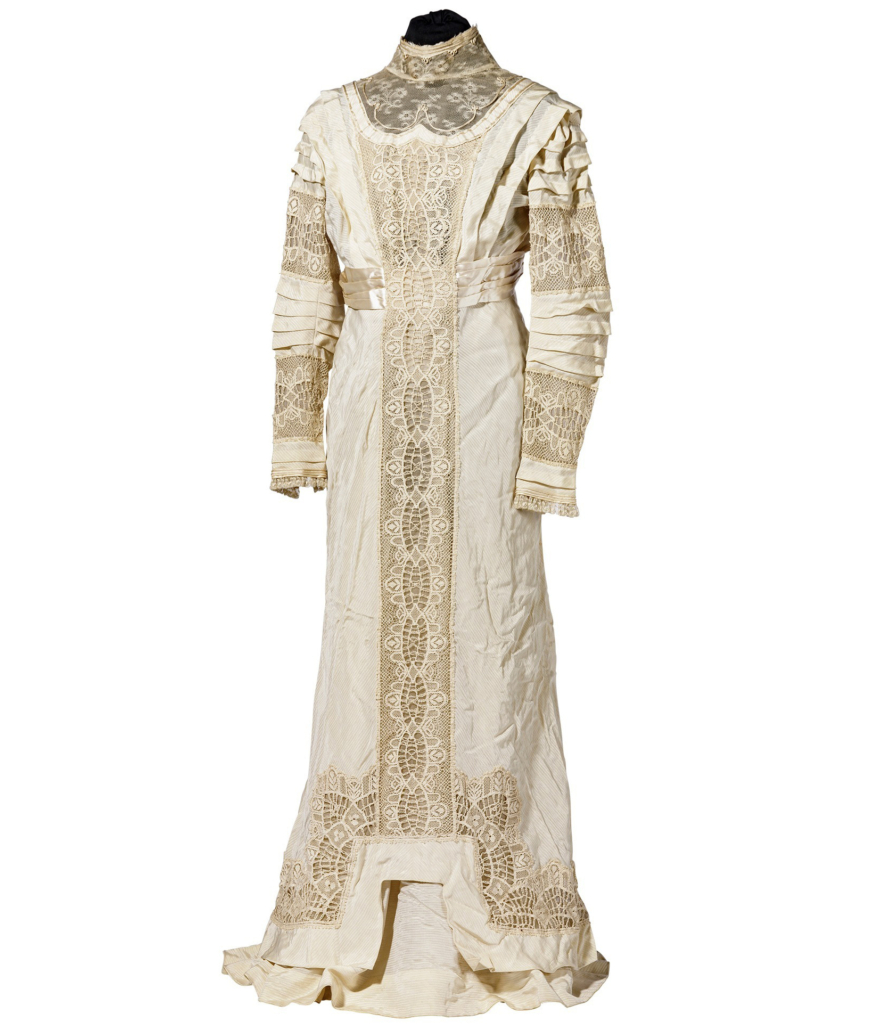
The online-only auction at the end of June also achieved first class results throughout. The June 22 auction drew a number of remarkable final prices, such as €25,000 for an impressive kilij, resplendent with gold inlays, silver plating, and a lavish setting of corals and turquoises, testifying to the continued demand for opulent weapons from the Orient. Made in Turkey during the 19th century, the unique saber, with its typically shaped blade of Damascus steel, was expected to realize €6,000.
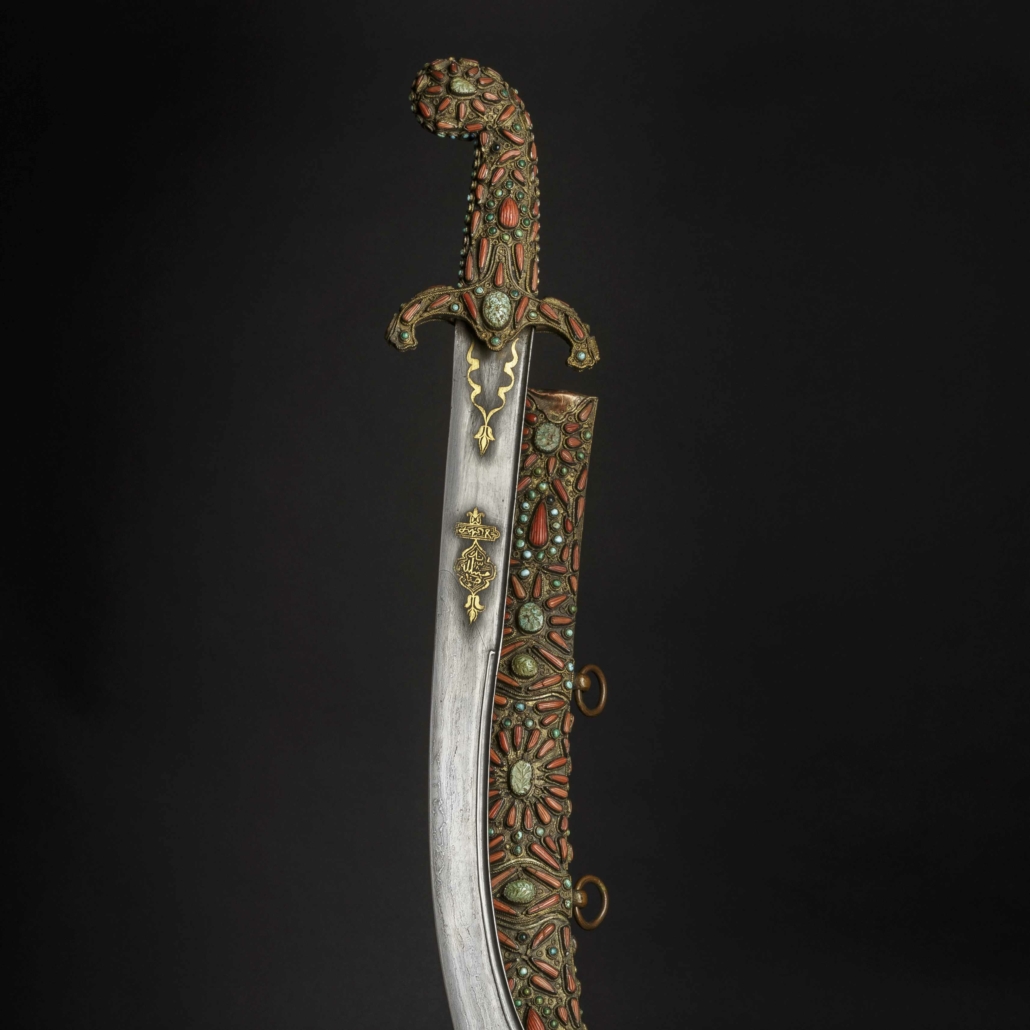
The June 25 grand finale auction was eagerly awaited, primarily for the unveiling of two very special – and sizable – collector’s items: SUVs of a very different kind. Manufactured in 1941, the Krupp-Protze or Kfz 70, an all-terrain, six-wheeled truck and artillery tractor designed as a personnel carrier, and an equally spectacular, anti-aircraft gun mounted on the flatbed platform of a Mercedes-Benz truck L3000 S, built in 1939, did not disappoint. Estimated at €145,000 and €95,000 respectively, avid collectors snapped up the vehicles for €187,500 and €125,000.
The current rate of exchange is €1 = $1.21.
[av_button label=’Click to view the auction catalogs complete with prices realized’ icon_select=’no’ icon=’ue800′ font=’entypo-fontello’ link=’manually,https://www.liveauctioneers.com/auctioneer/482/hermann-historica-gmbh/’ link_target=’_blank’ size=’small’ position=’center’ label_display=” title_attr=” color_options=” color=’theme-color’ custom_bg=’#444444′ custom_font=’#ffffff’ btn_color_bg=’theme-color’ btn_custom_bg=’#444444′ btn_color_bg_hover=’theme-color-highlight’ btn_custom_bg_hover=’#444444′ btn_color_font=’theme-color’ btn_custom_font=’#ffffff’ id=” custom_class=” av_uid=’av-8pf0n68′ admin_preview_bg=”]
View top auction results on LiveAuctioneers here: https://www.liveauctioneers.com/pages/recent-auction-sales/


